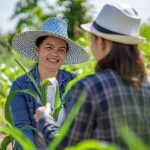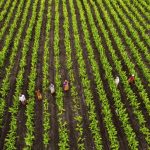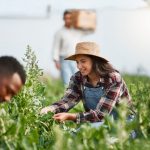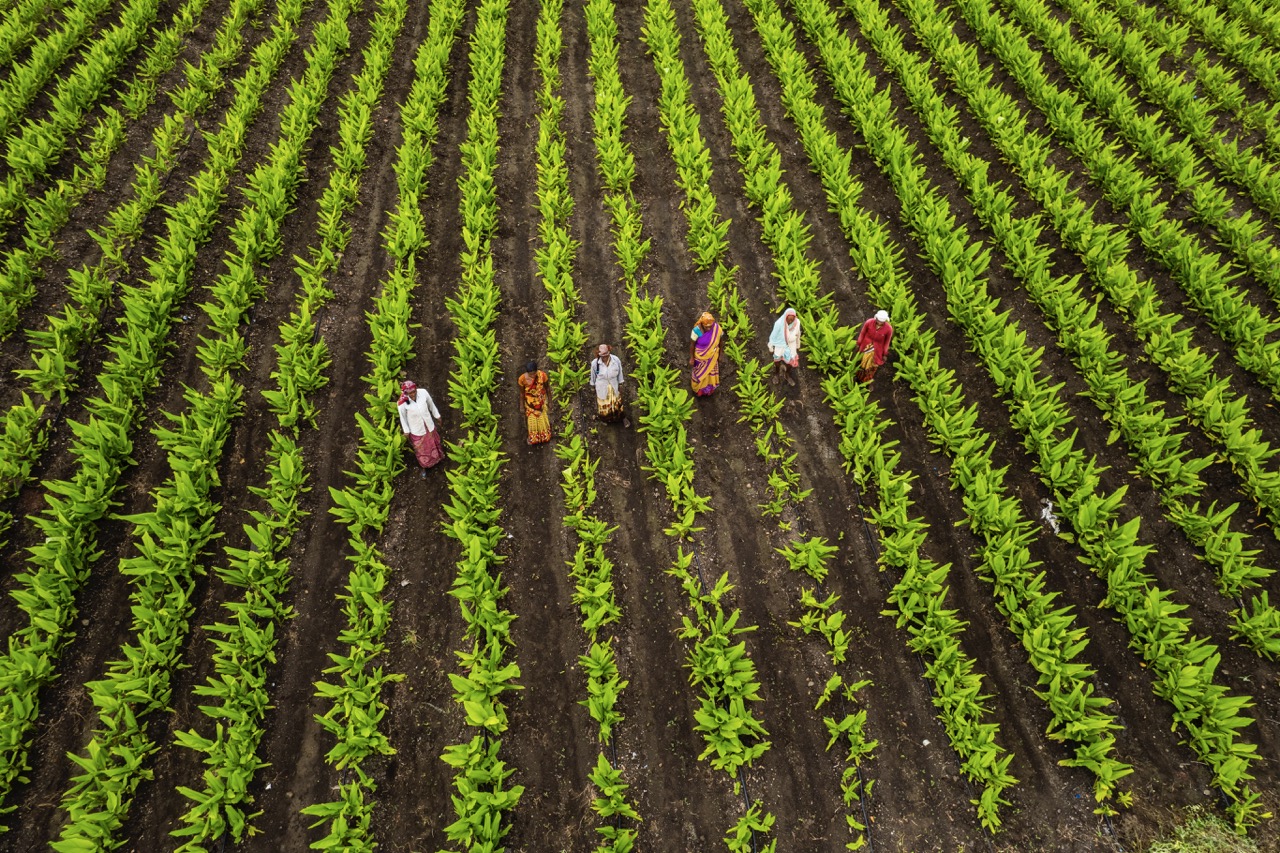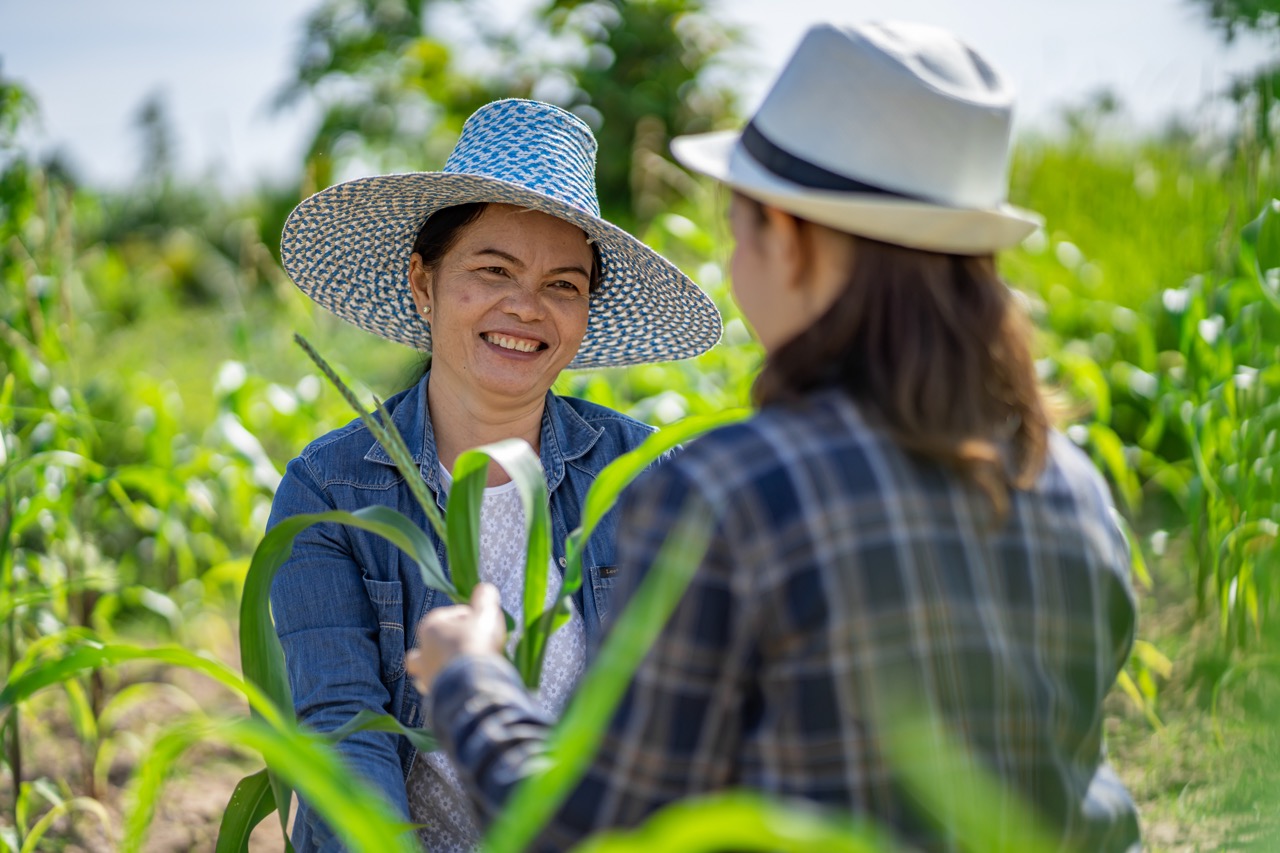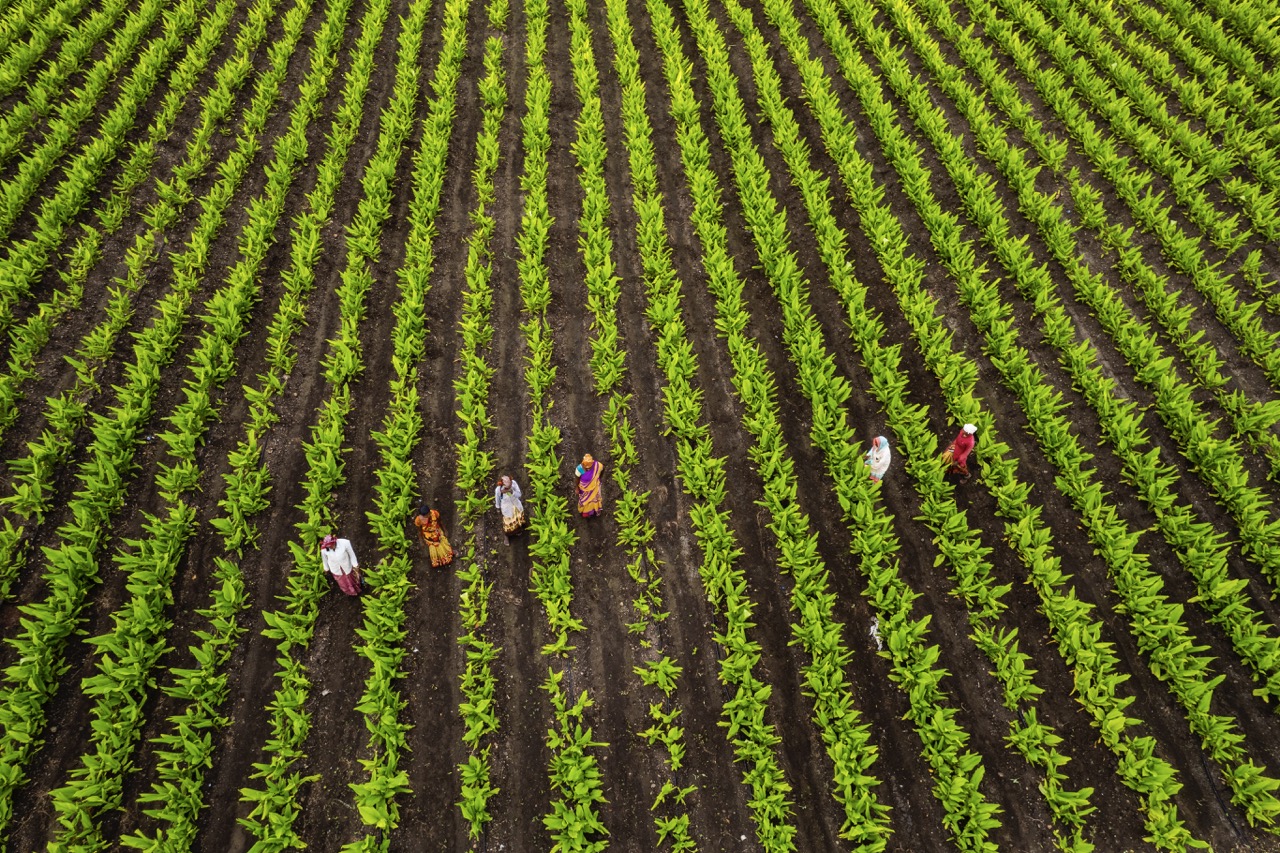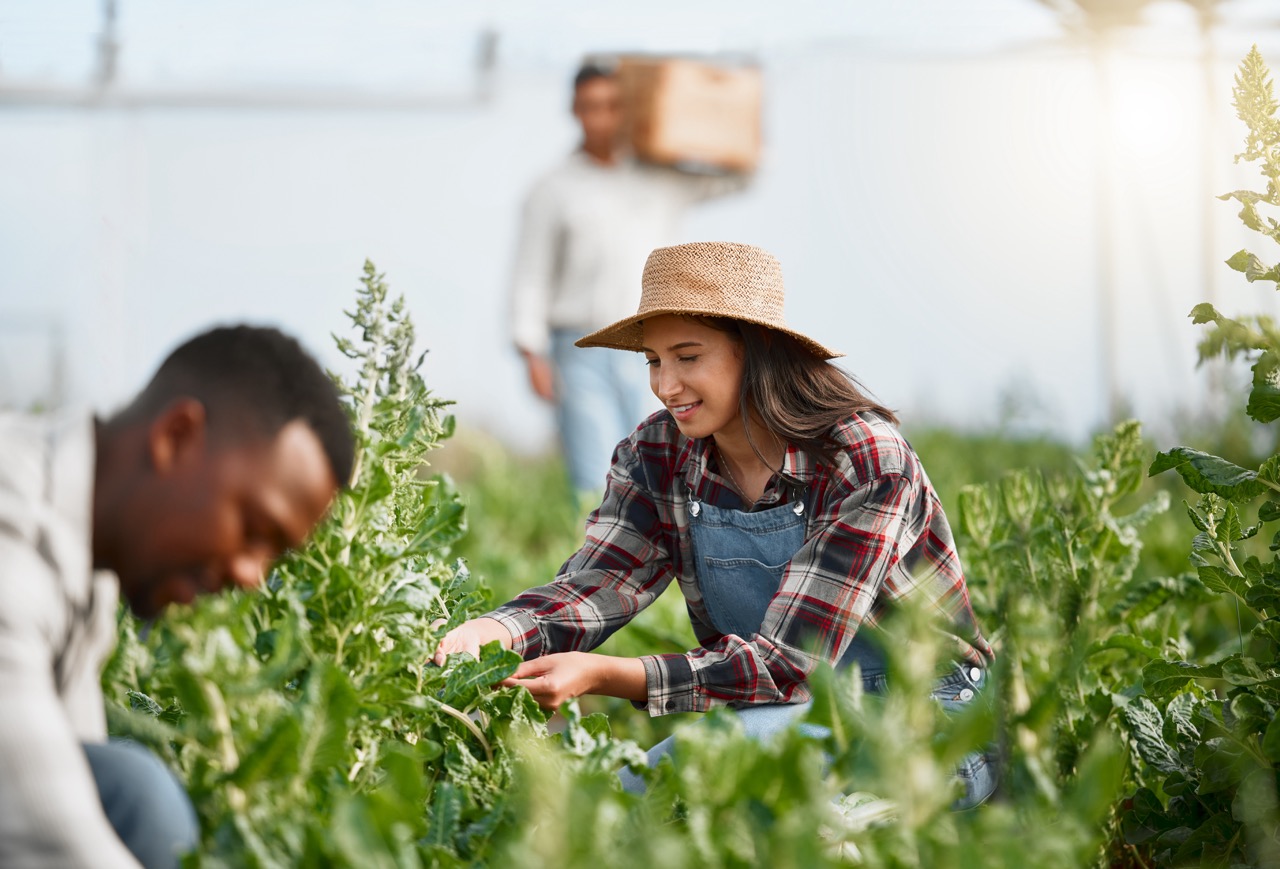As the agricultural landscape continues to evolve, farmers are constantly seeking ways to innovate and improve their production methods. One effective strategy has emerged as a viable option: sharecropping. By leveraging the principles of sharecropping, farmers can not only increase their yield but also experiment with new crops and cultivation techniques without bearing the full financial burden. This article explores how sharecropping can be utilized as a platform for experimentation, the benefits it offers, innovative practices to test, and ways to measure the success of these experiments.
Understanding the Basics of Sharecropping for Farmers
Sharecropping is a system where a landowner allows a farmer to cultivate the land in exchange for a share of the crops produced. This arrangement can serve as a low-risk entry point for farmers to experiment with different crops and agricultural methods. It is particularly beneficial for those who may not have the financial resources to manage their own farm outright. The contract specifics can vary, but the fundamental principle remains the same: sharing both the risks and rewards associated with farming.
Historically, sharecropping has played a significant role in agricultural development, particularly in regions with limited access to capital. By participating in a sharecropping arrangement, farmers can gain access to land, equipment, and resources that might otherwise be unavailable to them. This system not only fosters collaboration but also encourages innovation as farmers test various crops and techniques within a shared framework.
As farmers consider entering into sharecropping agreements, it is crucial to understand the terms and conditions involved. Clear communication between the landowner and the farmer regarding expectations, responsibilities, and profit-sharing arrangements is essential for success. By establishing a solid foundation, both parties can work together to create a conducive environment for experimentation and growth.
Benefits of Sharecropping for Crop Experimentation
One of the primary advantages of sharecropping is the reduced financial risk that it offers to farmers. By sharing both the costs and potential profits with the landowner, farmers can allocate more resources toward experimenting with new crops and techniques without the fear of a total financial loss. This safety net allows for more daring decisions, such as introducing exotic crops or adopting organic farming practices.
Moreover, sharecropping can foster a collaborative environment where knowledge and resources are exchanged. Farmers can learn from each other’s experiences and gain insights into effective farming practices. This communal approach not only enhances individual learning but can lead to broader regional innovations in crop production. As farmers share their successes and failures, they contribute to a collective body of knowledge that benefits everyone involved.
Additionally, sharecropping opens doors for diversification. Farmers can experiment with multiple crops across different parcels of land, observing how various species respond to local conditions. This experimentation can lead to improved resilience against pests, diseases, and climate variability. Consequently, sharecropping becomes a practical tool for farmers looking to adapt to changing agricultural landscapes while maximizing their production potential.
Innovative Techniques to Test Through Sharecropping
With the agricultural sector increasingly focused on sustainability, sharecropping provides an ideal setting for testing innovative farming techniques. For instance, farmers can explore permaculture practices that promote biodiversity and soil health. By integrating these methods into their sharecropping agreements, they can assess the long-term benefits while minimizing risks associated with full-scale implementation.
Additionally, precision agriculture technologies such as soil sensors and drone monitoring can be deployed within sharecropping arrangements. These tools offer real-time data that allows farmers to make informed decisions regarding irrigation, fertilization, and crop management. By testing these technologies on a smaller scale, farmers can gauge their effectiveness and determine whether to adopt them permanently.
Furthermore, sharecropping can facilitate the exploration of alternative pest management strategies, such as integrated pest management (IPM). Farmers can experiment with biological controls and companion planting to reduce reliance on chemical pesticides. This approach not only enhances ecological balance but also provides insight into sustainable practices that can be scaled up in future farming ventures.
Measuring Success: Evaluating Results from Experiments
To truly benefit from sharecropping as an experimental platform, farmers must establish clear metrics for success. This involves setting specific goals for each crop or technique being tested, whether it be increased yield, improved pest resistance, or lower input costs. By defining these parameters upfront, farmers can better assess which methods yield the most significant returns on investment.
Tracking data throughout the growing season is equally vital. Farmers should gather information on crop performance, soil health, and environmental conditions to draw meaningful conclusions. This data can be invaluable, not only for individual farmers but also for the broader agricultural community interested in refining their practices based on empirical evidence.
Finally, periodic reviews of both the qualitative and quantitative outcomes can help farmers make informed decisions moving forward. Whether a particular crop flourished or failed, understanding the reasons behind these outcomes can guide future experiments. This iterative process of evaluation and adjustment ensures that sharecropping remains a dynamic and effective avenue for agricultural innovation.
In conclusion, sharecropping provides a unique opportunity for farmers to explore and adopt new agricultural practices without the full risk associated with independent farming. By understanding the foundational aspects of this system, recognizing its benefits, and actively engaging in innovative experimentation, farmers can position themselves for success in an ever-evolving agricultural landscape. As they measure the impact of their efforts, sharecropping can become a powerful tool for fostering sustainable practices and promoting resilience in farming communities.
